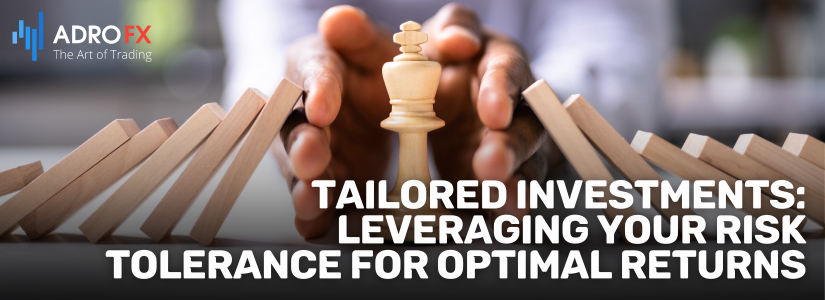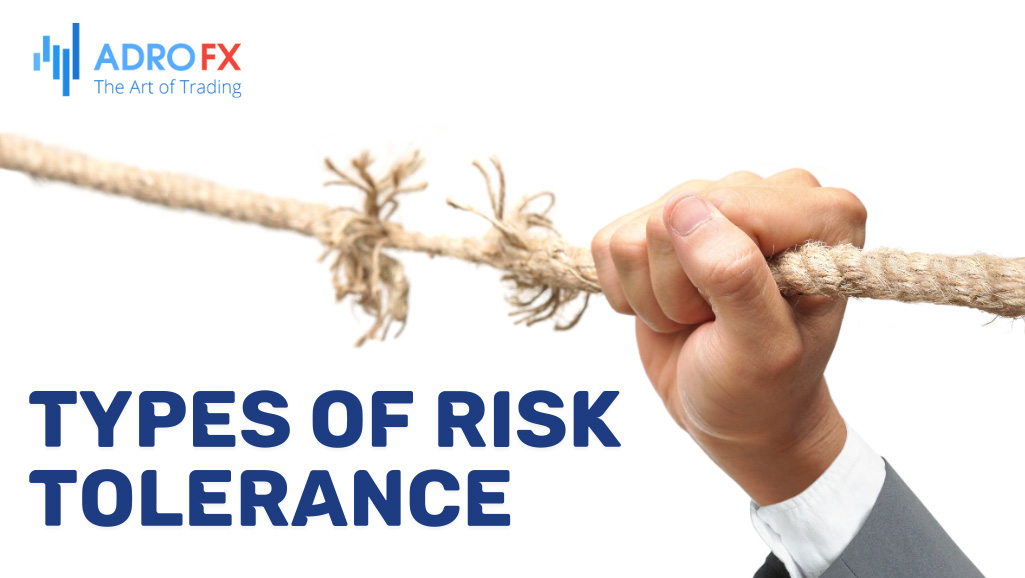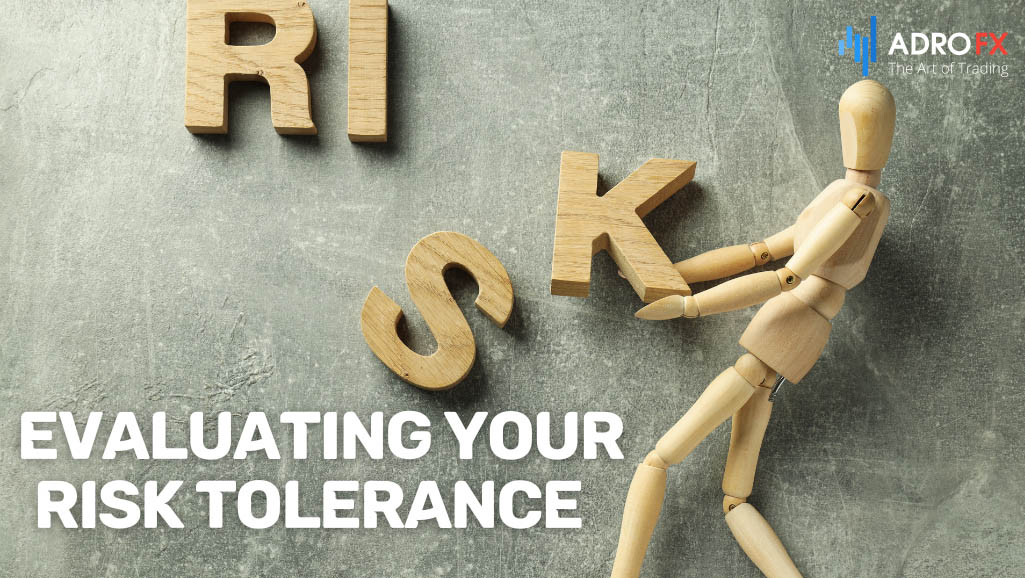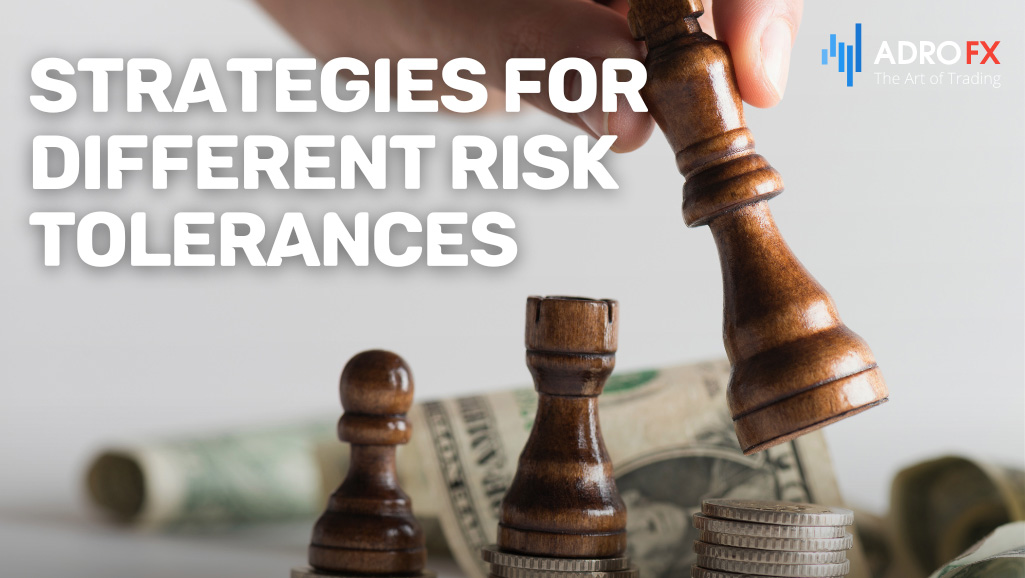Tailored Investments: Leveraging Your Risk Tolerance for Optimal Return

Determining your risk appetite in trading is fundamental for crafting a tailored investment approach. It involves assessing your comfort level with risk to align your strategies with your financial objectives. This understanding holds significance for traders across all experience levels, guiding their investment decisions and shaping their financial journey. This guide aims to shed light on key aspects of risk tolerance, including assessment techniques, the significance of asset allocation, and strategies for balancing risk with potential returns.
Evaluating your risk tolerance requires a thorough examination of your financial goals, investment horizon, and tolerance for market fluctuations. It serves as a cornerstone of financial planning, aiding in the selection of an optimal mix of investments to construct a diversified portfolio. Understanding your risk tolerance facilitates effective risk management while striving for investment gains. By harmonizing your investment decisions with your risk profile, you can navigate market complexities more adeptly, aiming for a balanced approach that considers both risk and reward.
Understanding Risk Tolerance in Trading
Risk tolerance in trading is a pivotal gauge of an investor's capacity and willingness to handle the uncertainties and potential losses inherent in investment ventures. It's a foundational concept, influencing an individual's investment choices and impacting the performance and composition of their portfolio.
Financial capacity is a key determinant of risk tolerance, reflecting an investor's ability to endure losses without jeopardizing their financial stability or ability to meet financial obligations. Those with higher financial capacity typically exhibit a greater capacity to bear higher levels of risk.
Additionally, investment goals exert a significant influence on risk tolerance. Investors pursue varied objectives, including capital preservation, income generation, or capital appreciation. Risk tolerance must align with these objectives. For instance, an individual saving for retirement may adopt a longer time horizon and be more amenable to short-term market fluctuations compared to someone saving for an imminent house down payment.
Time horizon also plays a crucial role in shaping risk tolerance. Investors with longer time horizons generally possess greater flexibility in navigating market downturns and recovering from losses. Conversely, those with shorter time horizons tend to prioritize capital preservation and exhibit lower risk tolerance.
Moreover, psychological factors significantly contribute to determining risk tolerance. This encompasses an investor's disposition towards uncertainty, ability to maintain discipline during market volatility, and emotional responses to financial losses. While some investors lean towards risk-averse behavior, preferring conservative investments, others are comfortable assuming higher levels of risk for the potential of higher returns.
The assessment of risk tolerance involves a comprehensive evaluation of both quantitative and qualitative factors, encompassing financial metrics, investment objectives, and psychological attitudes toward risk. Investors can utilize various tools such as risk assessment questionnaires or seek guidance from financial advisors to ascertain their risk tolerance level.
After investors gain insight into their risk tolerance, they can customize their investment portfolios to match their inclinations. This frequently involves spreading investments across various asset classes to mitigate risk exposure while aiming to fulfill their investment objectives.
Significantly, risk tolerance is fluid and susceptible to alteration over time owing to a multitude of factors. It's imperative for investors to consistently reevaluate their risk tolerance and fine-tune their investment approaches accordingly.
By acquiring a comprehensive comprehension of their risk tolerance, investors can make astute investment choices that resonate with their financial goals and emotional well-being.

Types of Risk Tolerance
Risk tolerance encompasses a spectrum of attitudes and approaches to investment risk. It categorizes into three common types: moderate, conservative, and aggressive, each indicating a distinct comfort level with risk and corresponding to specific investment strategies and asset allocations.
Moderate Risk Tolerance
Moderate risk tolerance embodies a balanced investment strategy where investors embrace a moderate level of risk in pursuit of potentially higher returns. Typically, individuals with moderate risk tolerance have a medium-term investment horizon and prefer a blend of growth and income-producing assets. Asset allocation for moderate investors commonly involves diversification across various asset classes, including stocks, bonds, and cash equivalents. While they may lean towards conservative investments such as high-quality stocks and investment-grade bonds, they also allocate a portion of their portfolio to more aggressive growth opportunities. This diversified approach empowers moderate investors to navigate risk while leveraging growth potentials.
Conservative Risk Tolerance
Conservative risk tolerance mirrors a preference for stability and capital preservation over high returns. Investors with conservative risk tolerance prioritize the safety of their investments and exhibit caution towards significant fluctuations in portfolio value. Typically, they possess a shorter investment horizon and demonstrate a lower tolerance for market volatility. Asset allocation for conservative investors tends towards low-risk investments like government bonds, certificates of deposit (CDs), and high-quality blue-chip stocks offering steady dividends. While conservative portfolios may yield lower potential returns compared to aggressive strategies, they aim to provide a dependable income stream and safeguard capital over the long term.
Aggressive Risk Tolerance
Aggressive risk tolerance signals a high tolerance for risk and volatility in pursuit of potentially higher returns. Investors with aggressive risk tolerance are prepared to undertake substantial risks for the prospect of significant capital appreciation over the long haul. Often holding a long investment horizon, they are comfortable with short-term fluctuations in portfolio value. Asset allocation for aggressive investors entails dedicating a significant portion of their portfolio to high-risk, high-reward assets like growth stocks, emerging markets, and alternative investments such as venture capital or cryptocurrencies. While prioritizing capital growth and showing less concern for income generation or capital preservation in the short term, aggressive investors are willing to weather periods of volatility and market downturns, banking on substantial returns over time.
In conclusion, aligning risk tolerance with investment goals and time horizon proves critical in constructing a portfolio that mirrors one's comfort level with risk. Irrespective of whether individuals have moderate, conservative, or aggressive risk tolerance, choosing the appropriate investment strategy and asset allocation is paramount for realizing financial objectives while effectively managing risk.

Evaluating Your Risk Tolerance
Evaluating your risk tolerance is a crucial step in developing an investment strategy that resonates with your financial objectives and emotional well-being. Here's a guide on how to assess your risk tolerance:
- Establish Your Goals
Begin by clearly defining your objectives to serve as the guiding light for your risk assessment. Ensure these objectives adhere to the SMART criteria—specific, measurable, achievable, relevant, and time-bound. They should also echo your values and priorities. For instance, if you're embarking on a project, your goals might encompass aspects like scope, quality, cost, timeline, and stakeholder satisfaction.
- Uncover Potential Hazards
Once your objectives are set, turn your attention to identifying potential risks that could impede their realization. Risks are unpredictable events or circumstances that could either bolster or hinder your objectives. Employ diverse methods like brainstorming, interviews, surveys, SWOT analysis, or checklists to uncover these risks. Remember to consider both internal and external factors, along with their origins, triggers, and potential consequences.
- Assess Risk Factors
With risks identified, delve into analyzing them to gauge their likelihood and impact. Likelihood refers to the probability of a risk materializing, while impact denotes its effect on your objectives. Utilize qualitative or quantitative approaches such as rating scales, matrices, scenarios, or simulations to assess risks thoroughly. Take into account the interplay, dependencies, and correlations among different risks.
- Gauge Risk Significance
Proceed to evaluate risks to prioritize them and align them with your risk tolerance levels. Risk evaluation involves comparing the outcomes of risk analysis against predetermined criteria to ascertain whether a risk is tolerable. These criteria may stem from legal obligations, organizational policies, stakeholder expectations, or industry standards.
- Address Risk Appropriately
Finally, tailor your risk treatment strategies by your risk tolerance and evaluation outcomes. Risk treatment encompasses selecting and implementing measures to either modify or manage risks effectively. You can opt for various approaches: avoidance, reduction, transfer, or acceptance. Avoidance involves eliminating the risk or its source entirely, while reduction mitigates its likelihood or impact. Transfer entails shifting the risk to another party, while acceptance involves acknowledging and adapting to the risk and its implications.

Strategies for Different Risk Tolerances
Strategies customized for different risk tolerances vary depending on an individual's comfort level with risk and their investment objectives. Here are tailored strategies for investors with conservative, moderate, and aggressive risk tolerances:
Conservative Risk Tolerance
- Focus on Capital Preservation
Give priority to investments offering stability and security to safeguard capital. Consider allocating a significant portion of the portfolio to low-risk assets such as government bonds, high-quality corporate bonds, and certificates of deposit (CDs).
- Emphasize Income Generation
Choose investments providing regular income streams, like dividend-paying stocks, bonds with steady interest payments, and real estate investment trusts (REITs). Aim to build a portfolio generating consistent cash flow to meet financial needs.
- Diversify Across Asset Classes
Spread investments across different asset classes to reduce concentration risk. Explore diversification into defensive sectors such as utilities, consumer staples, and healthcare, which are less sensitive to economic cycles.
- Maintain a Long-Term Perspective
Adopt a patient approach and prioritize long-term wealth preservation over short-term gains. Avoid chasing high-risk, high-reward opportunities and focus on investments with a proven track record of stability and reliability.
Moderate Risk Tolerance
- Seek a Balanced Approach
Aim for a balanced portfolio combining growth and income-producing assets to achieve a moderate level of risk and return. Allocate assets across a mix of stocks, bonds, and cash equivalents based on individual risk preferences and investment goals.
- Consider Quality Investments
Concentrate on high-quality investments with a history of consistent performance and robust fundamentals. Look for blue-chip stocks, investment-grade bonds, and diversified mutual funds or exchange-traded funds (ETFs) offering exposure to various asset classes.
- Rebalance Regularly
Periodically reassess and rebalance the portfolio to maintain the desired asset allocation. Rebalancing helps control risk exposure and ensures alignment with long-term investment objectives.
- Stay Informed and Flexible
Keep up with market developments and economic trends while avoiding impulsive investment decisions driven by short-term market fluctuations. Remain flexible and adaptable, adjusting the investment strategy as necessary in response to evolving market conditions.
Aggressive Risk Tolerance
- Pursue Growth Opportunities
Embrace a growth-oriented investment strategy focused on capital appreciation. Allocate a larger portion of the portfolio to high-risk, high-reward assets such as growth stocks, small-cap equities, and emerging markets.
- Diversify Across Sectors and Geographies
Spread investments across various sectors, industries, and geographic regions to spread risk and capture growth opportunities. Consider exposure to innovative industries like technology, biotechnology, and renewable energy.
- Consider Alternative Investments
Explore alternative investments such as venture capital, private equity, and cryptocurrency for potentially higher returns. While these investments carry higher risk, they offer diversification benefits and access to unique growth prospects.
- Monitor and Manage Risk
Actively monitor portfolio performance and risk exposure, adjusting the investment strategy as needed to manage risk effectively. Implement risk management techniques such as Stop Loss orders, hedging strategies, and position sizing to protect capital and minimize losses.
By tailoring investment strategies to their risk tolerance, investors can construct portfolios aligned with their preferences and objectives while effectively managing risk. Regular review and adjustments to the investment strategy are essential to staying aligned with changing market conditions and financial goals.
Conclusion
Determining your risk tolerance stands as a pivotal step in crafting a tailored investment strategy that resonates with your financial aspirations and preferences. Throughout this guide, we've delved into the critical facets of risk tolerance, from grasping its significance to gauging your personal tolerance level and enacting appropriate strategies.
Your risk tolerance acts as the bedrock of your investment choices, steering you towards the optimal blend of investments to realize your goals while adeptly managing risk. Whether your risk tolerance leans conservative, moderate, or aggressive, there exist strategies to guide you through the intricacies of the market, empowering you to pursue your financial objectives with assurance.
By harmonizing your investment horizon with your goals, evaluating your financial position, and diversifying your portfolio, you can forge a well-rounded approach to investing that mirrors your risk tolerance. This ensures resilience against market fluctuations while striving for long-term investment growth.
In essence, comprehending your risk tolerance equips you to make well-informed investment decisions, navigating the dynamic market landscape with fortitude and certainty. Integrating your risk tolerance into your investment strategy enables you to chase your financial dreams while adeptly managing risk along the journey.
About AdroFx
Established in 2018, AdroFx is known for its high technology and its ability to deliver high-quality brokerage services in more than 200 countries around the world. AdroFx makes every effort to keep its customers satisfied and to meet all the trading needs of any trader. With the five types of trading accounts, we have all it takes to fit any traders` needs and styles. The company provides access to 115+ trading instruments, including currencies, metals, stocks, and cryptocurrencies, which make it possible to make the most out of trading on the financial markets. Considering all the above, AdroFx is the perfect variant for anyone who doesn't settle for less than the best.










